Gender, body shape, race: in fashion, standards are falling one by one. Today, brands are no longer content with simply selling clothes. They’re taking a stand, deconstructing stereotypes, and helping to redefine aesthetic, social, and cultural standards.
A quiet but powerful revolution is underway in the fashion world. It’s not shouted from the runways, but rather evident in campaigns, castings, looks, and engagements. A closer look at a fashion that’s breaking down labels.
More inclusive silhouettes, blurred genders
The male/female binary is no longer a given for many brands. Wardrobes are becoming more fluid, unisex collections are becoming more prevalent, and dress codes are becoming more mixed. This deliberate blurring of genders is no longer marginal, but deeply rooted in societal evolution.
Body shapes are also better represented: plus sizes, atypical bodies, and diverse skin tones and disabilities are gradually finding their place in fashion campaigns. This is no longer just a marketing choice; it has become a generational requirement. Consumers truly want to recognize themselves.
When clothing and accessories become a voice
Some brands are no longer hesitant to use their products as political tools. Deconstructing stereotypes also means giving voice to marginalized identities, challenging colonial beauty standards, and denouncing patriarchal injunctions.
Castings are opening up to unconventional profiles, senior or queer models are becoming ambassadors, and campaigns are adopting a raw, authentic aesthetic. Fashion no longer seeks to smooth things over; it aims to bring reality to life.
View this post on Instagram
The end of the one-size-fits-all aesthetic
The reign of the polished, standardized aesthetic, inspired by Western standards, is coming to an end. Brands are now focusing on plurality: cultural diversity, hybrid references, and the revaluation of minority heritages.
Some even go so far as to co-create their collections with artists, activists, or collectives to ensure a sincere representation, far from mere opportunistic storytelling. Deconstructing stereotypes also requires a rethinking of creative processes.
A transformation driven by demand
This evolution is not insignificant: it meets the expectations of an entire generation. The 20- to 40-year-old generation, more engaged and better informed, is challenging brands on their positioning and values.
Social media today allows us to celebrate multiple identities, but also to denounce inauthenticity or a lack of representativeness. In this context, deconstructing stereotypes is not just an aesthetic gesture: it’s an act of survival for brands that want to remain credible and desirable.













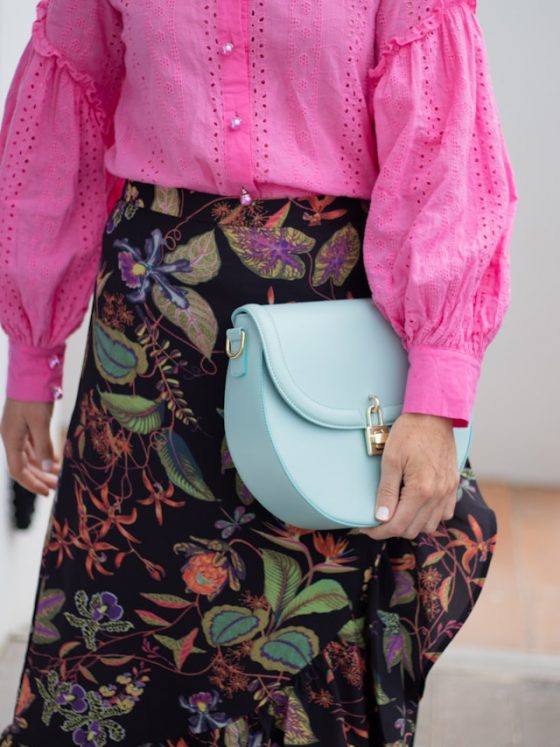
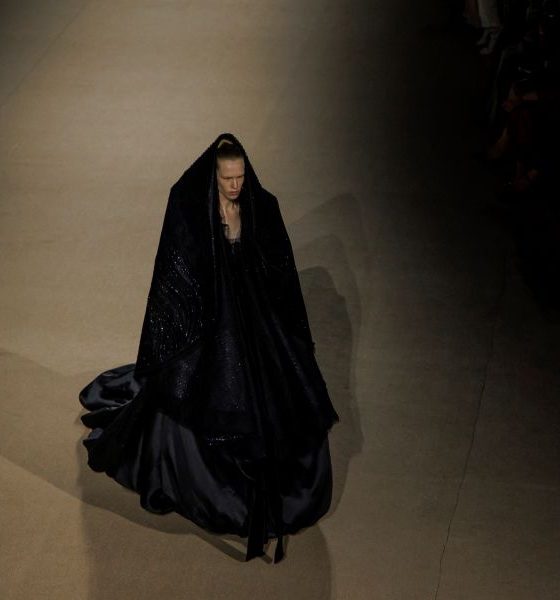
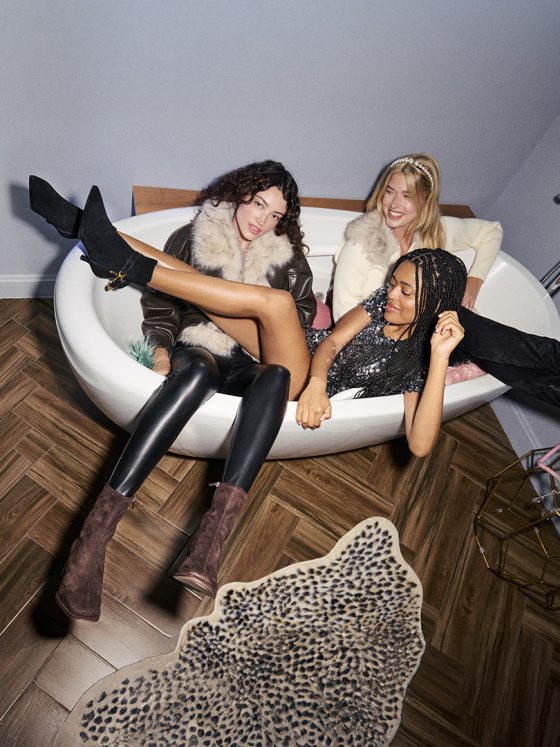
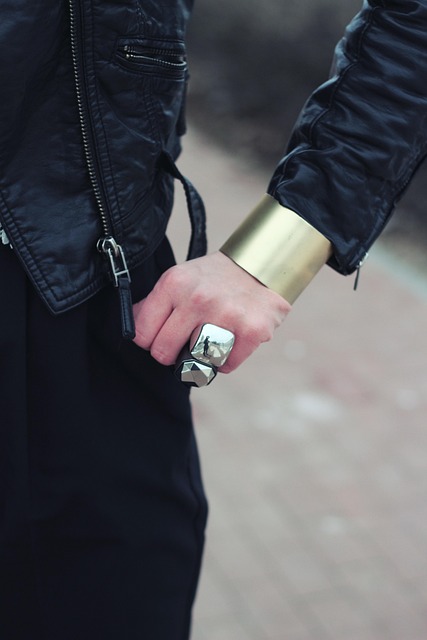
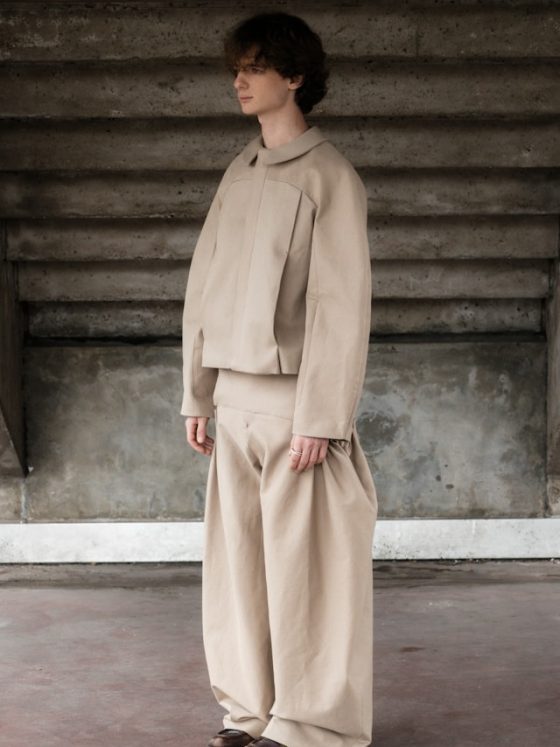
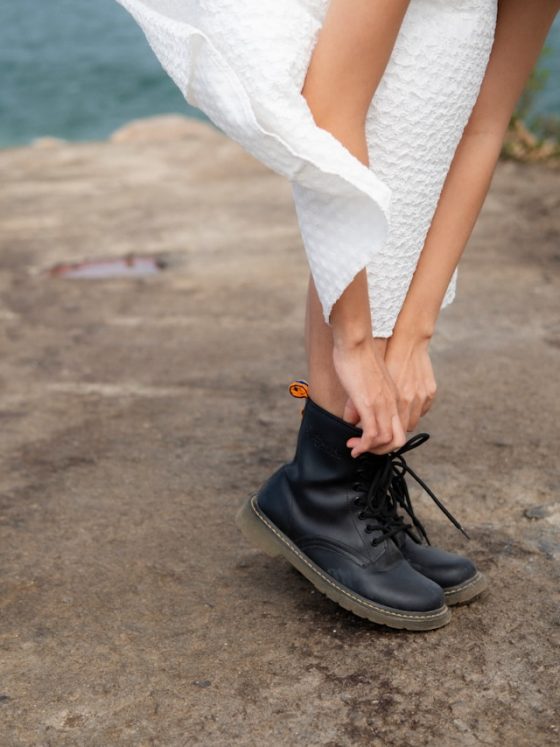

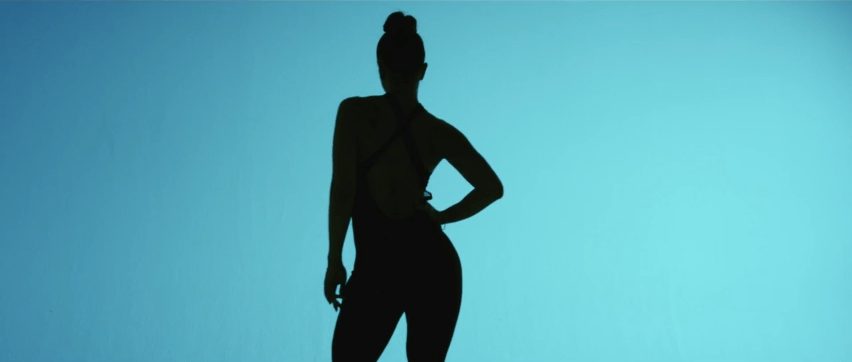
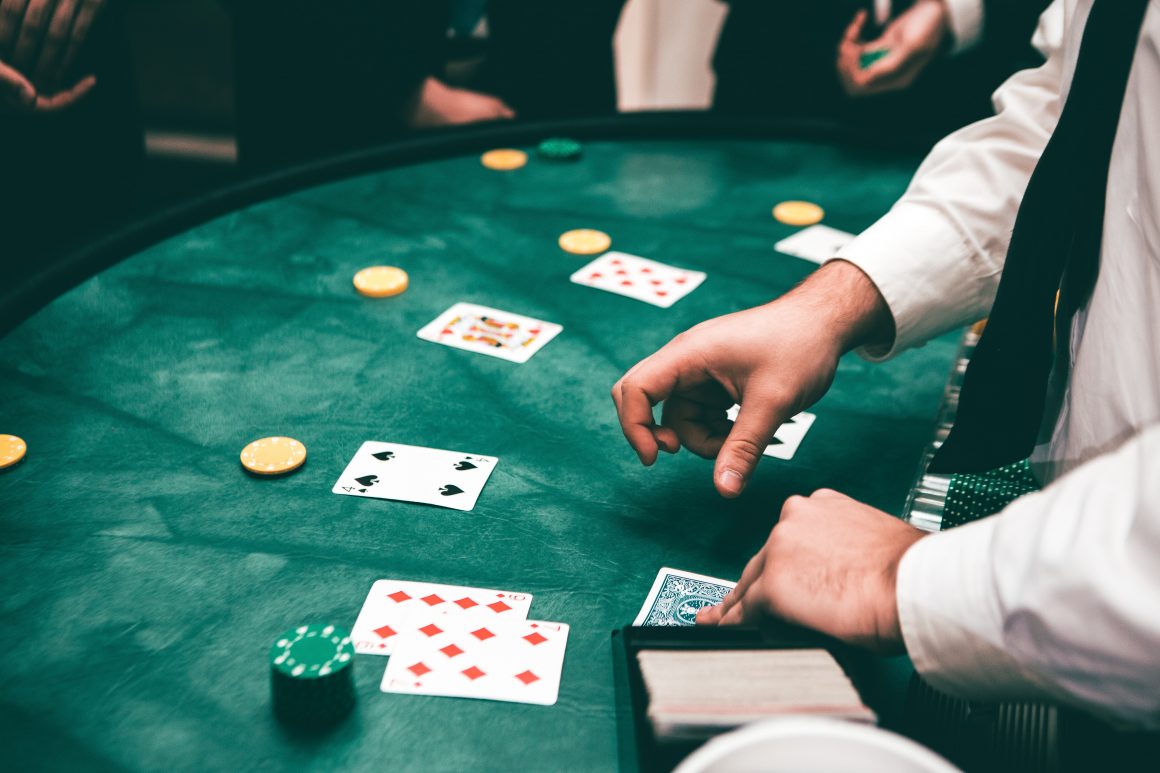
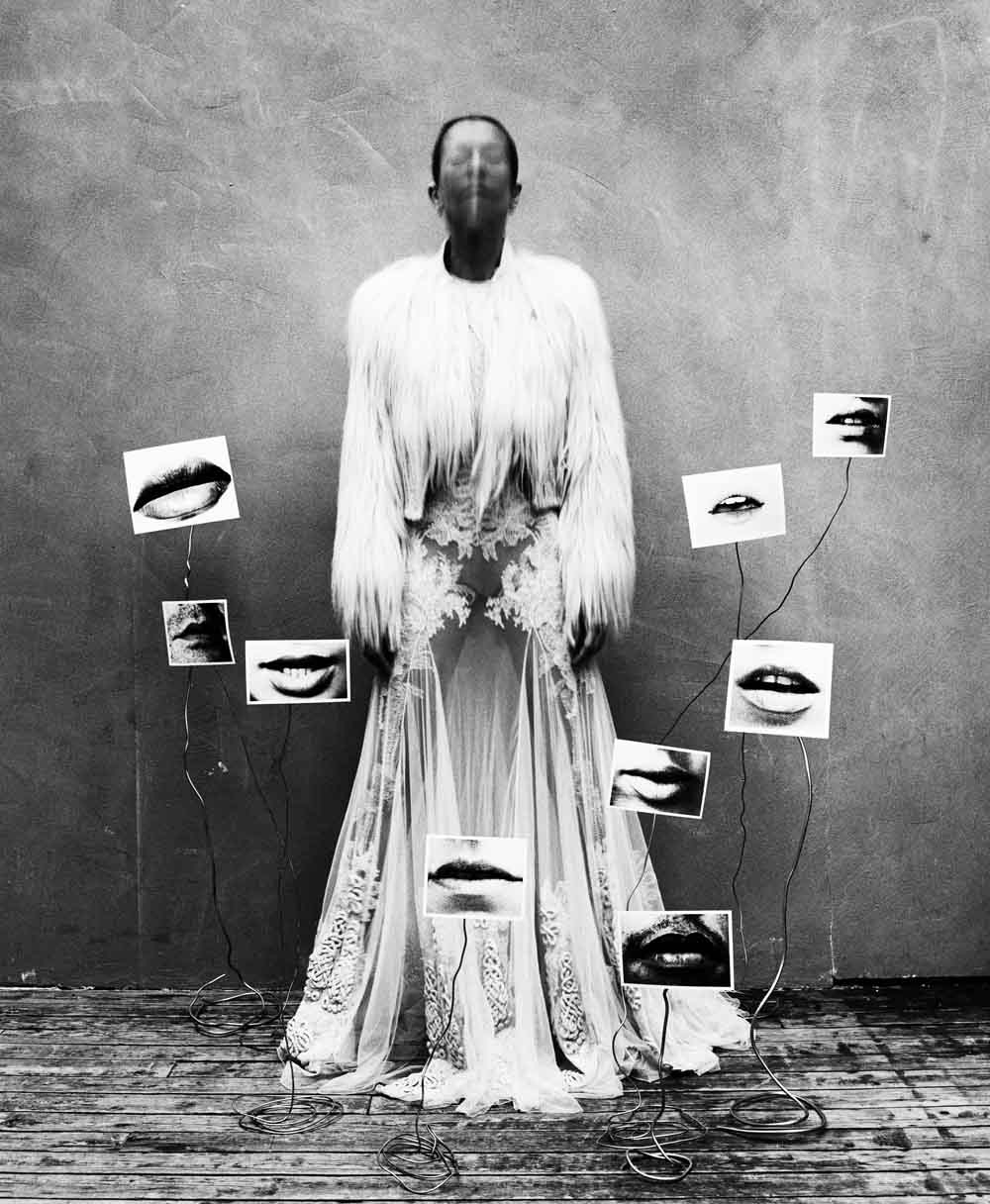
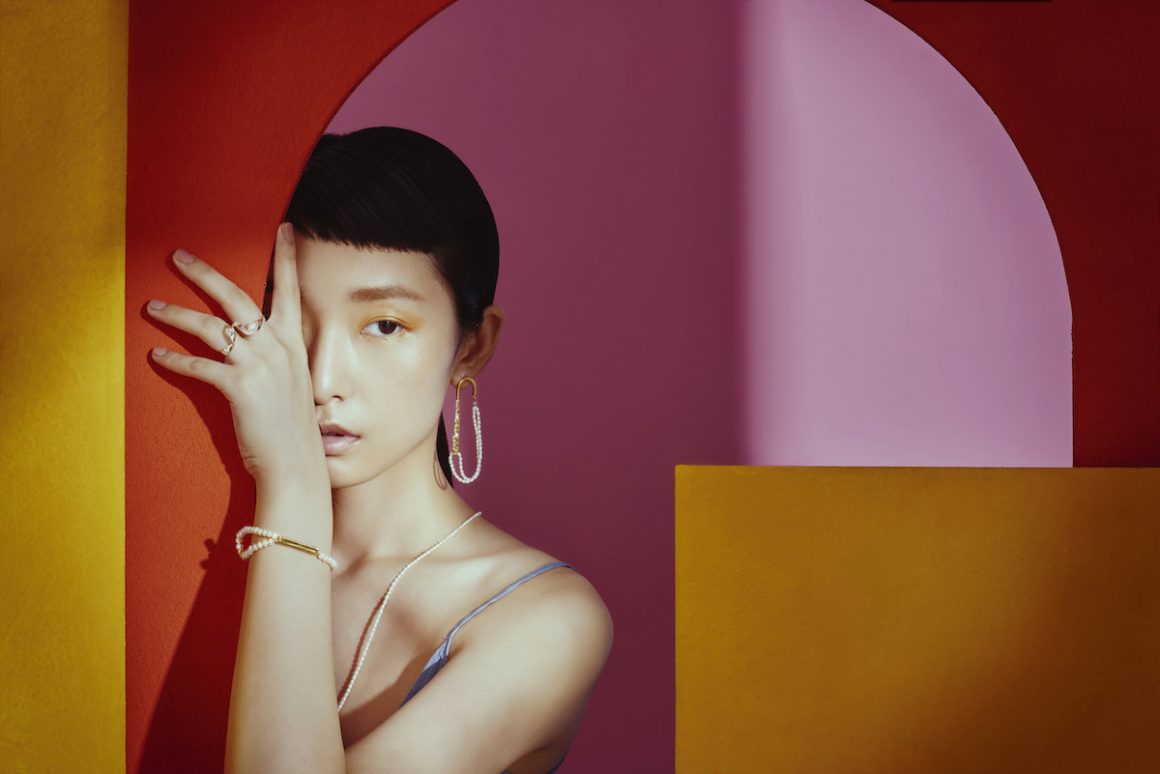
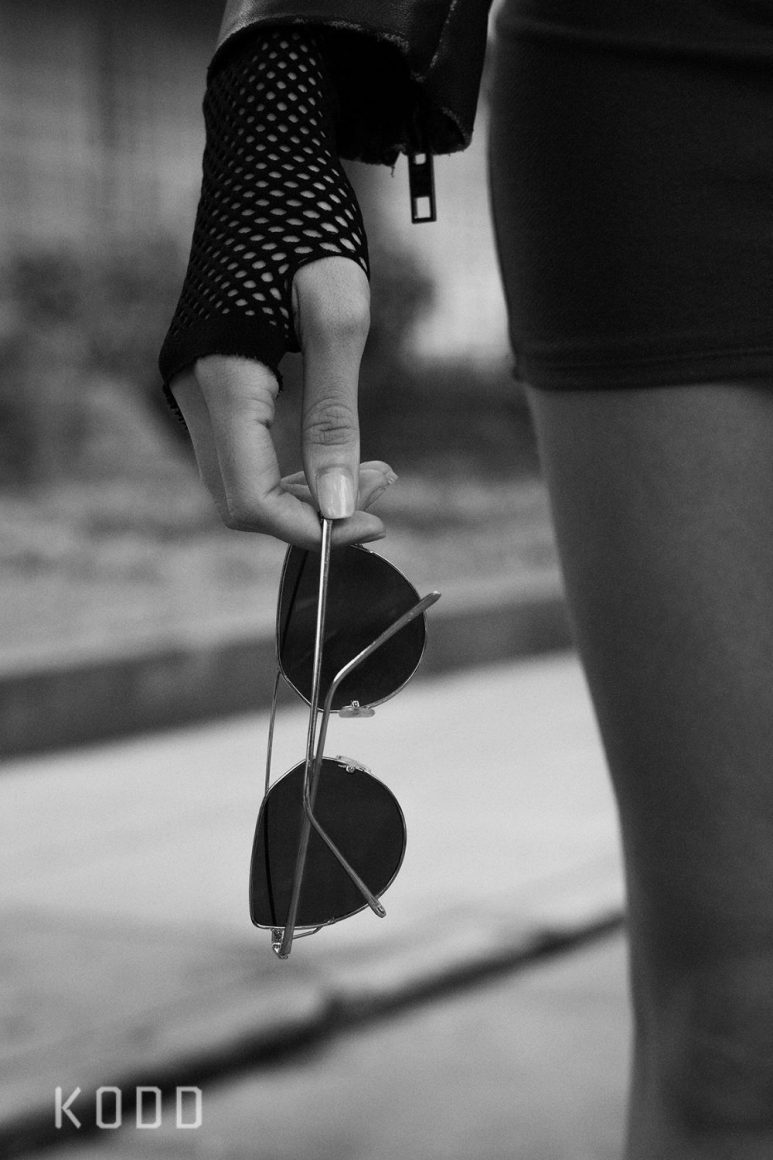
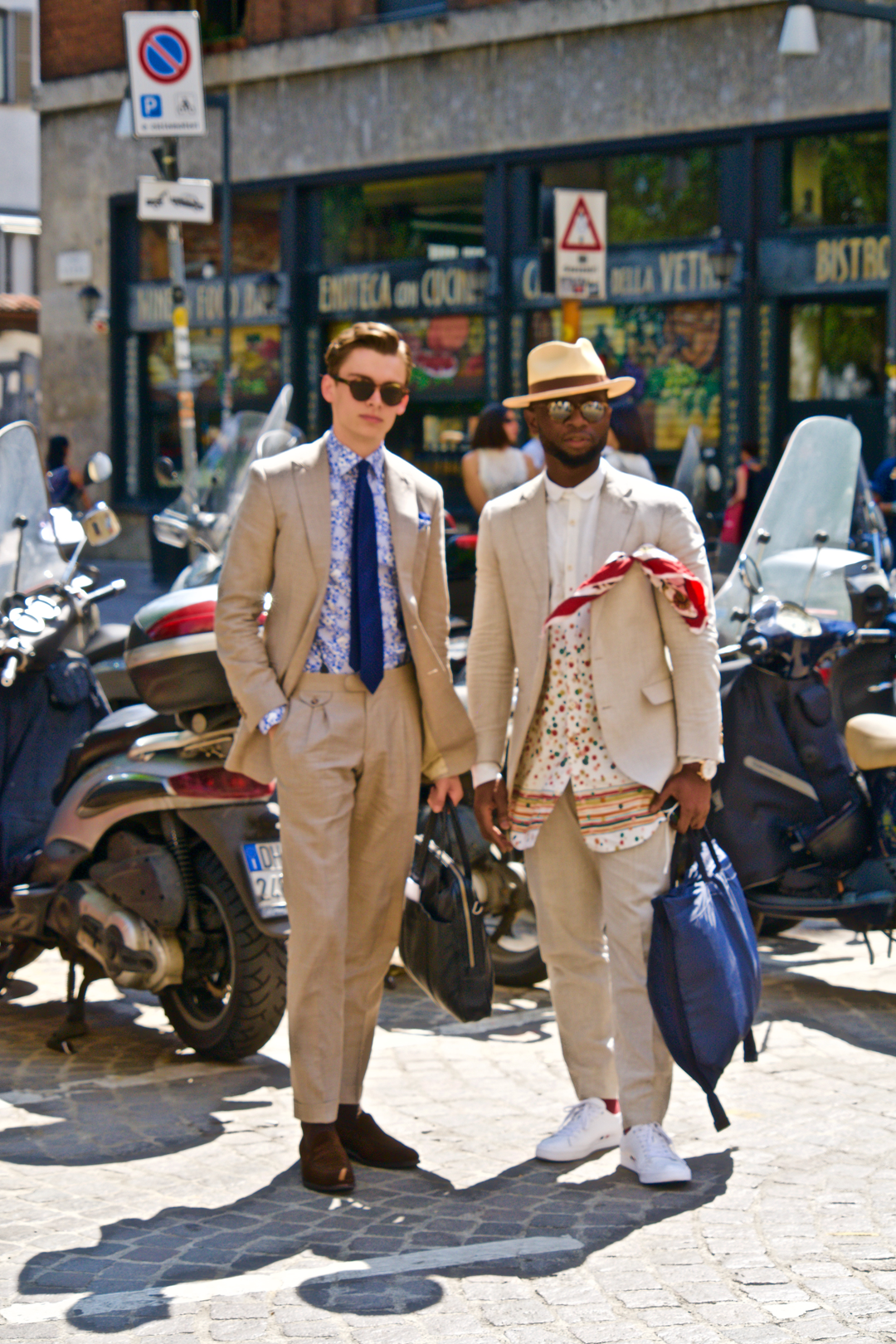

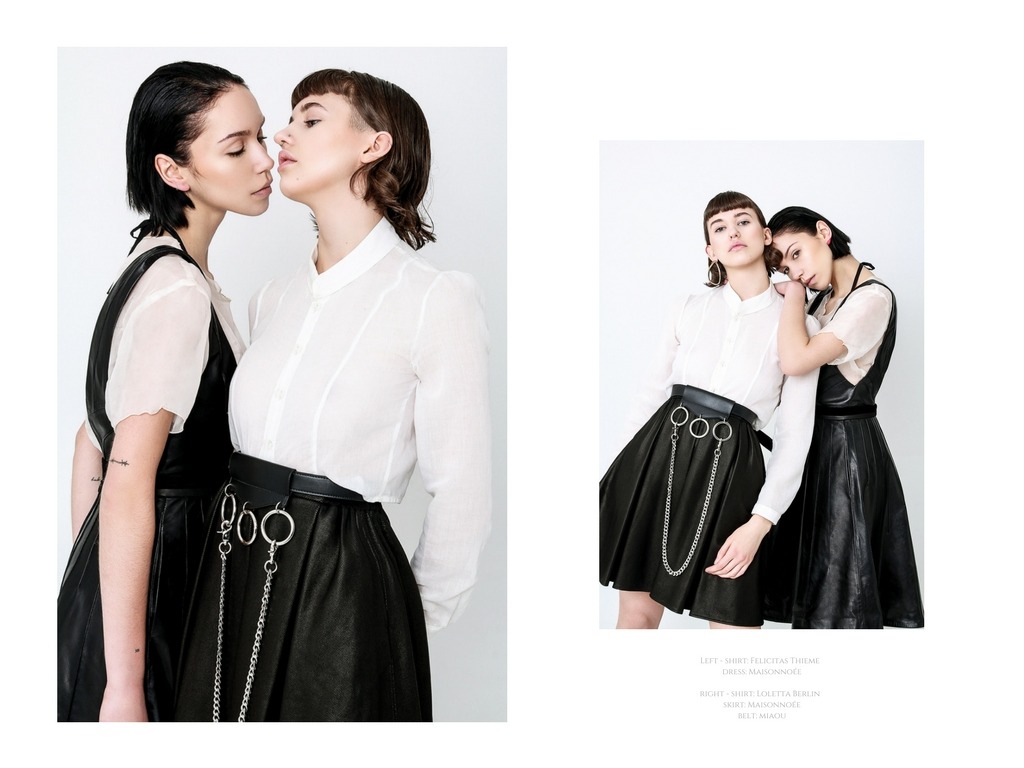

Follow us on Instagram